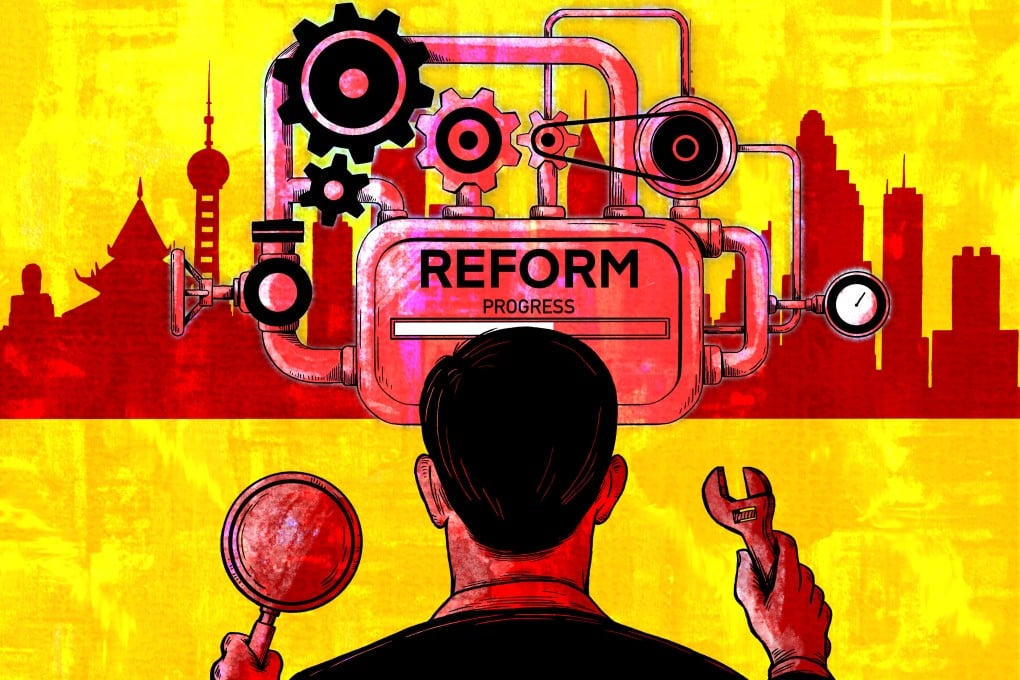How China’s reforms went from arms wide open to an ‘eternal theme’ of risk prevention in the past decade
- Analysts discuss why many of Beijing’s economic aspirations from 2013 have gone unfulfilled, as new reforms could be on the horizon with July 15-18 third plenum

By throwing Shanghai’s doors open with the launch of a free-trade zone in 2013, Chinese leaders put an ambitious economic engine into gear, with vows to create a bastion of international trade, free capital flows and far less government intervention in business operations.
The Shanghai Pilot Free Trade Zone was touted as the most significant attempt at economic reform since Shenzhen established the country’s first special economic zone in 1980, next to Hong Kong. And leadership was aiming to elevate China’s decades-old model for economic reform and growth to new heights.
But at the national level, many of the 336 pro-market tasks outlined in leadership’s broader 2013 reform document, which was then regarded as a key means of unleashing the country’s long-term growth potential, have progressed more slowly than the market expected.